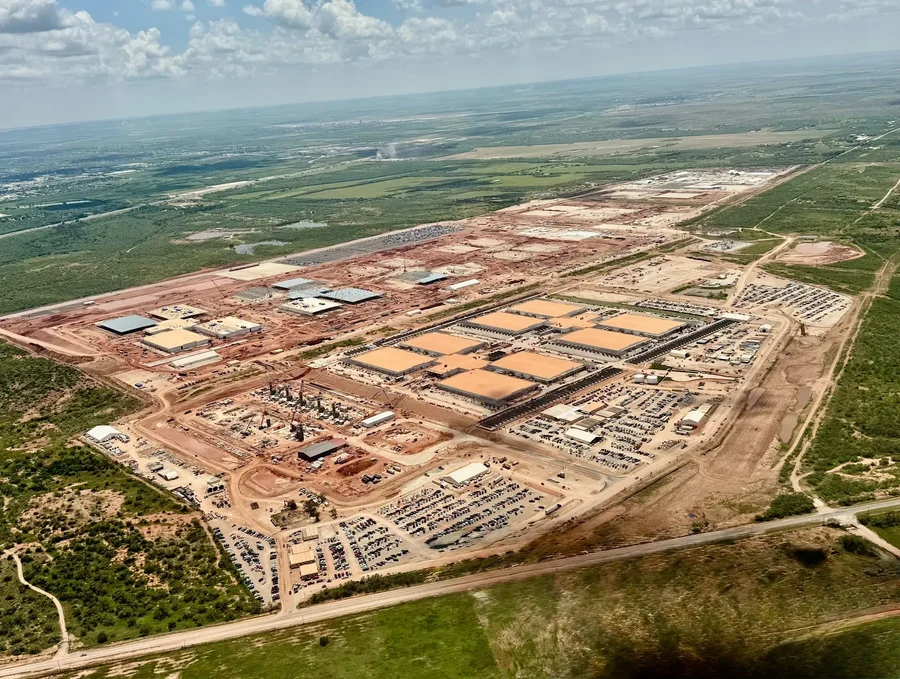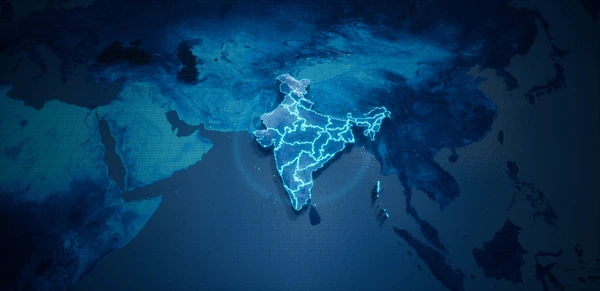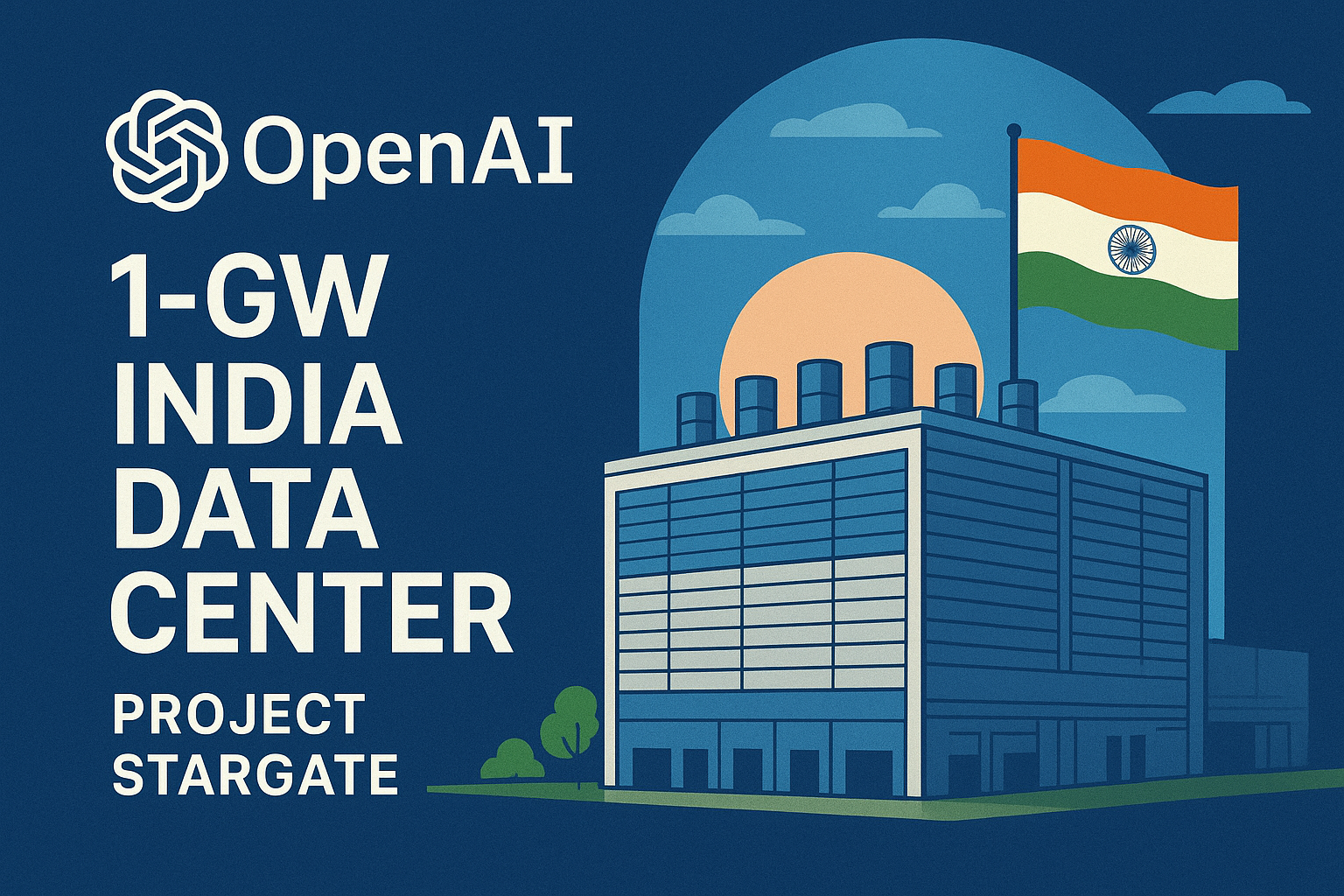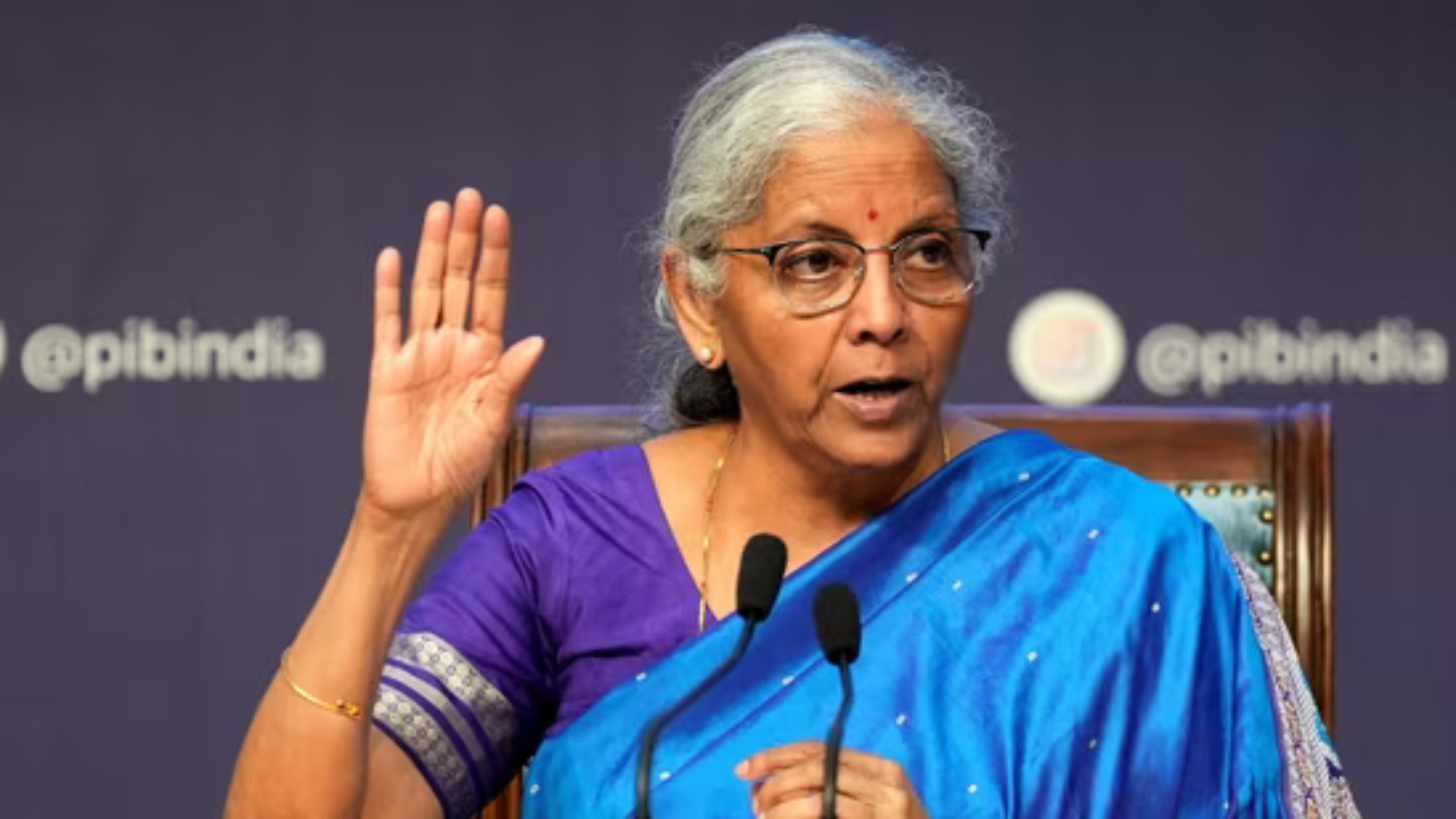Artificial Intelligence is no longer just about software breakthroughs. Today, the AI revolution rests on massive infrastructure — data centers that power advanced models and keep global users connected in real time. In this context, news that OpenAI is planning to establish a 1-gigawatt (GW) data center in India [OpenAI 1-GW India Data Center] under its ambitious Project Stargate has stirred excitement across the technology ecosystem.
But beyond the headlines, what does this actually mean for businesses, developers, and everyday users in India? Let’s break it down.
Why OpenAI Is Betting Big on India
India isn’t just a huge consumer market for AI tools like ChatGPT — it’s the second-largest user base for OpenAI after the U.S. With millions of developers, a growing digital-first economy, and progressive policies around data and AI, India is an obvious choice for OpenAI to deepen its presence.

Several factors make India a strategic hub:
- Massive User Adoption – From students to startups, Indians are early adopters of AI tools.
- Talent Pool – India produces one of the world’s largest numbers of engineers and data scientists.
- Cost Advantage – Operating costs for hyperscale infrastructure remain competitive compared to Western markets.
- Policy Push – Initiatives like IndiaAI Mission and Digital India encourage investment in AI infrastructure.
Put simply, India offers both the demand and the supply that a company like OpenAI needs.
Inside Project Stargate
To understand the OpenAI India Data Center, we need to look at the larger context: Project Stargate.
This is OpenAI’s global infrastructure expansion plan, with potential investments of up to $500 billion worldwide.
- The idea is to build multiple hyperscale AI data centers across continents.
- Each center could require hundreds of megawatts to over a gigawatt of power capacity, making them among the largest computing hubs ever built.

The planned 1-GW facility in India would be one of the first major installations outside the U.S. It’s not just about computing; it’s also about positioning India as a frontline player in the global AI race.
What a 1-GW Data Center Really Means
The “1-GW” figure can sound abstract, so let’s put it into perspective.
- 1 gigawatt = power for nearly 750,000 homes in India.
- Data centers of this size typically host millions of GPUs and CPUs, specially optimized for training and deploying AI models.
- Such infrastructure could run large-scale language models, computer vision systems, and real-time AI applications without bottlenecks.
For end users, this translates into faster response times, less downtime, and better reliability when using tools like ChatGPT, DALL·E, or OpenAI’s enterprise APIs.
The Data Sovereignty Angle
One of the biggest reasons a local OpenAI India Data Center matters is data sovereignty.
India’s Digital Personal Data Protection (DPDP) Act has strict rules about where and how sensitive data can be stored and processed. By building a local facility, OpenAI can:
- Comply with Indian data laws more easily.
- Assure enterprises and government agencies that their data isn’t leaving the country.
- Build trust with sectors like finance, healthcare, and education, where privacy is critical.
This could be a game-changer for OpenAI’s adoption in enterprise and government projects.
How Businesses and Developers Benefit
For Indian businesses and developers, the data center could open up new possibilities:
- Lower Latency: Applications built on OpenAI APIs will respond faster since queries won’t travel halfway across the globe.
- Custom AI Solutions: OpenAI could deploy India-specific models, fine-tuned for local languages and use cases.
- Easier Partnerships: With a physical and legal presence in India, collaborations with startups, corporates, and universities become smoother.
- Job Creation: Beyond technical roles, these centers generate demand for operations, maintenance, and energy management talent.
In short, the infrastructure isn’t just about global AI—it can unlock local innovation too.
As India strengthens its AI and digital infrastructure with Project Stargate, startups and enterprises will also rely on advanced business communication tools in India to scale efficiently.
The Challenges Ahead for Project Stargate
Building a 1-GW AI data center in India is easier said than done. Some of the key challenges include:
- Energy Requirements – Powering and cooling a facility of this scale sustainably will be tough.
- Regulatory Approvals – Land, environment, and compliance clearances could slow things down.
- Partnerships – OpenAI will likely need Indian partners for power, telecom, and government relations.
- Competition – Hyperscale’s like Google, Microsoft, and AWS are also expanding aggressively in India.
How OpenAI addresses these will determine whether the project delivers on its promise.
Sam Altman’s Upcoming India Visit
Adding fuel to the speculation is Sam Altman’s scheduled India visit in September 2025. Many expect him to officially announce more details about the data center, including potential locations and timelines.

His visit isn’t just ceremonial. Altman has long highlighted India as central to OpenAI’s global vision, and this trip could kick off concrete steps like:
- Announcing a New Delhi office to anchor OpenAI’s India operations.
- Setting up partnerships with local power and telecom providers.
- Launching initiatives like OpenAI Academy, offering resources and API credits to Indian developers.
The visit could be a turning point in transforming plans into reality.
Why This Matters for India’s AI Future
If OpenAI delivers on its promise, the India data center could accelerate the country’s AI journey in several ways:

- Boost to AI Startups: Startups get access to world-class infrastructure without latency or compliance headaches.
- Skilling Opportunities: Training programs tied to OpenAI could upskill thousands of developers.
- Global Competitiveness: India moves closer to being not just a consumer, but a producer of frontier AI technologies.
- Policy Influence: India becomes a testbed for frameworks balancing AI innovation and regulation.
Looking Beyond the Hype
While the excitement is justified, it’s important to remember that we’re still at an early stage. OpenAI has not confirmed the final location, timelines, or partners. Big infrastructure projects often take years to materialize.
That said, the very fact that India is part of Project Stargate shows how central the country has become in the global AI narrative. And when the facility does go live, the ripple effects will be felt across industries, from IT services to education, healthcare, and manufacturing.
Final Thoughts
The proposed OpenAI India Data Center is more than just another big tech investment. It represents a strategic alignment of AI infrastructure in India, government policy, and global AI leadership.
For businesses, it promises lower latency, better compliance, and new partnership opportunities. For developers, it means faster, cheaper, and more localized access to world-class AI tools. And for India as a whole, it signals recognition as a serious player in the AI-first future.
As we await more clarity—possibly during Sam Altman’s India visit—one thing is certain: this move could mark the beginning of a new chapter in India’s AI story.




Pingback: 5 Best Digital Marketing Jobs AI Can not Replace - Must Read